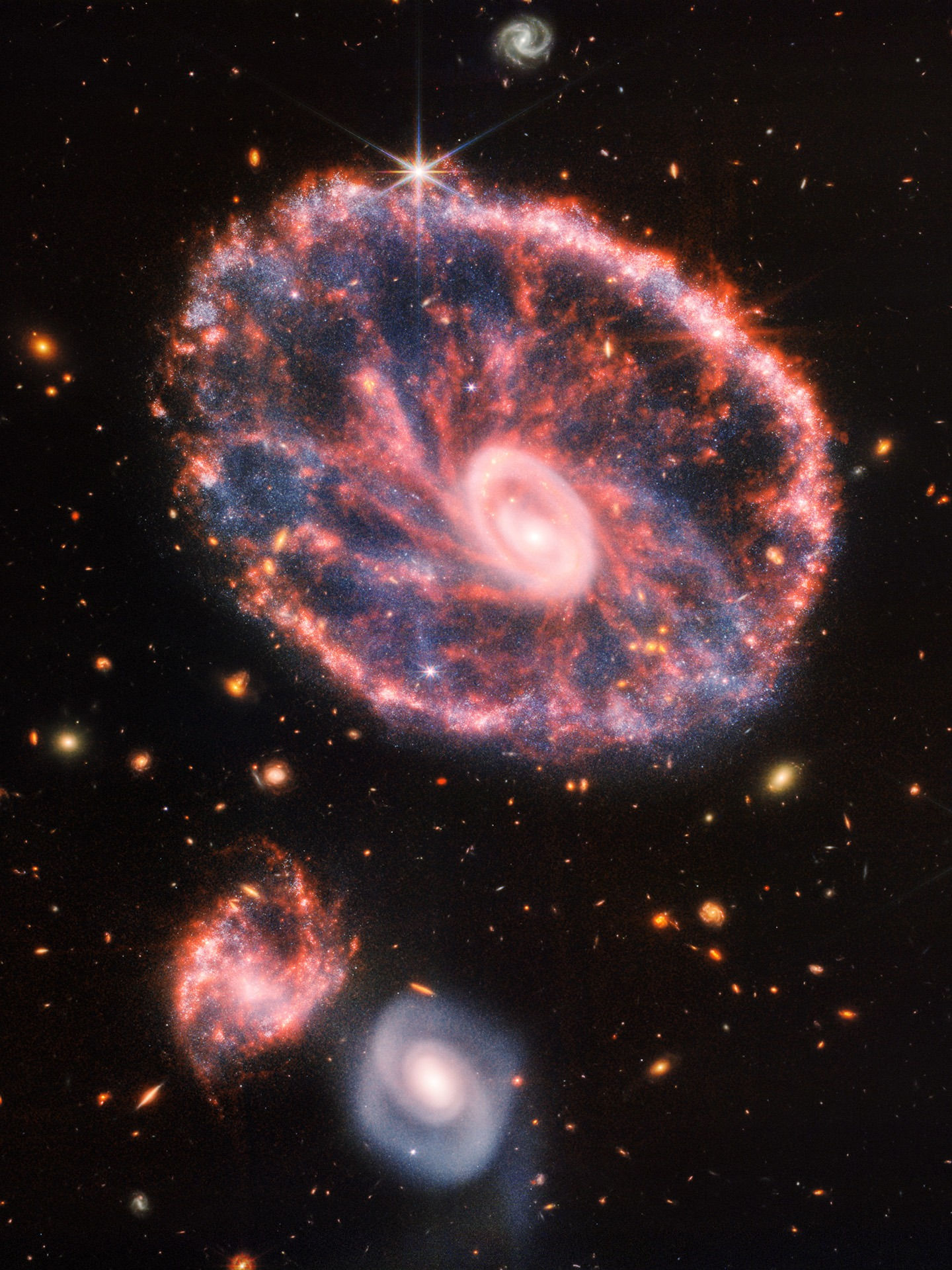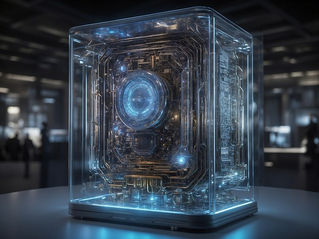
On Wednesday evening, sky watchers were treated to a rare celestial event as all eight planets in our solar system became visible at the same time. Mercury, Venus, Mars, Jupiter, and Saturn were visible to the naked eye, while Uranus and Neptune could be seen with binoculars or a telescope. Multiple planets may appear relatively close together in the sky, this event occurs only occurs every few years.

On Wednesday, such an event occurred with the planets being close to each other only 1.5 degrees apart! While Uranus and Neptune will soon go back to being far apart from each other, Mercury, Venus, Mars, Jupiter, and Saturn will remain visible on Thursday (29/12/2022) and will reach conjunction at 21:00 GMT. The last time all eight planets were visible simultaneously was in January, 1894, and it won't happen again until December, 2040.
Here is a list of recent very close planetary conjunctions (planets appear closer than 1.5 degrees).
On January 9, 2020, a conjunction of Jupiter and Saturn occurred, with the two planets appearing to be about only 0.1 degrees apart as viewed from Earth.
On June 3, 2020, a conjunction of Venus and Jupiter occurred, with the two planets appearing to be about 1 degree apart as viewed from Earth.
On July 27, 2021, a conjunction of Venus and Mars occurred, with the two planets appearing to be about 1.5 degrees apart as viewed from Earth.
On December 21, 2021, a conjunction of Jupiter and Saturn occurred, with the two planets appearing to be about 0.6 degrees apart as viewed from Earth.
On April 14, 2022, a conjunction of Venus and Jupiter occurred, with the two planets appearing to be about 0.5 degrees apart as viewed from Earth.
On June 10, 2022, a conjunction of Venus and Mars occurred, with the two planets appearing to be about 0.6 degrees apart as viewed from Earth.
The last time all of the planets were visible in the sky simultaneously was in June 2022. All five planets visible to the naked eye were lined up in the sky in the same sequential order that they physically orbit the sun – Mercury, Venus, Mars, Jupiter and Saturn - an alignment which had not occurred for 18 years.
Planetary conjunctions involving Venus, Mars, Jupiter, and Saturn will continue to occur on a regular basis. These planets are the brightest objects in the sky after the sun and moon, so their conjunctions are often visible to the naked eye.
The distances between the planets during a conjunction can vary significantly, from just a few degrees to over 20 degrees. The closer the planets are to each other, the more impressive the conjunction will appear.
Planetary conjunctions are best viewed from a location with a clear view of the sky, away from city lights and other sources of light pollution. A telescope or binoculars can also be used to get a closer look at the planets during a conjunction.
It is rare for all eight planets in the solar system to be aligned, with all of them appearing to be only 1.5 degrees apart from each other. This alignment, known as a planetary conjunction, only occurs every few centuries! When a planetary conjunction occurs, the planets will not actually be physically close to each other. They will appear to be close because they are all on the same side of the sun, as viewed from Earth. However, the distances between the planets are vast, with the average distance between Earth and its nearest neighbour, Venus, being about 26 million miles. It is important to note that the planets do not orbit the sun in perfectly circular orbits, but rather in elliptical orbits. This means that at certain times, the planets will be closer to the sun and at other times they will be farther away. When a conjunction occurs, it is because the planets are at a point in their orbits where they are relatively close to each other, as viewed from Earth. While a planetary conjunction is a rare and interesting event, it does not have any significant impact on the solar system or on the Earth. The planets continue to orbit the sun and follow their own paths, regardless of their alignment with respect to each other.






























































































Comments